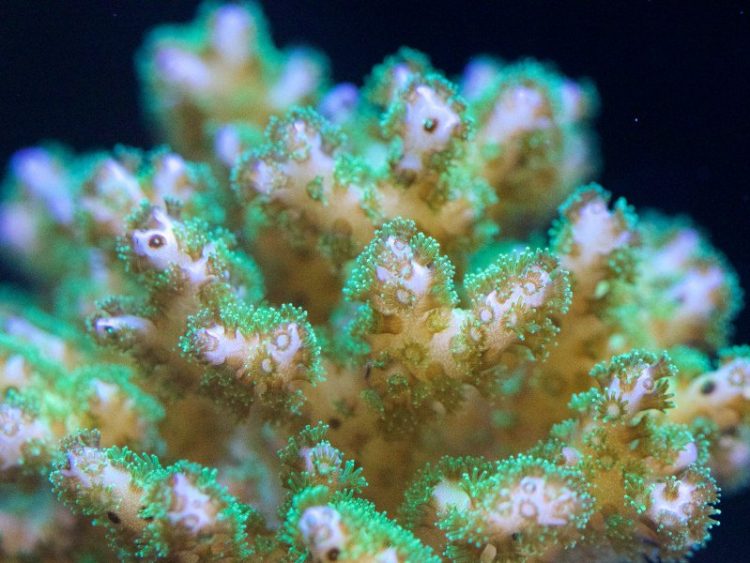Marine coral shares many chemical and physical properties with bone, which makes it an excellent potential bone substitute that could ‘revolutionise’ orthopaedic procedures.
University of Galway has teamed up with medtech Zoan BioMed to test the potential of coral to treat people with bone injuries.
Marine coral, composed of minerals and salts from surrounding water, shares many chemical and physical properties with bone, which makes it an excellent potential bone substitute or “scaffold”.
Zoan grows tropical coral from their cutting-edge facility in Galway. Researchers from the university will work with the start-up to design a novel way of tracking and measuring the formation of bone in a lab.
The researchers said coral scaffolds have the potential to treat bone injuries and other issues, such as damage from tumour removal.
Zoan said the collaboration will substantially speed up its evaluation of new scaffolds, by developing high throughput rapid assessment methods for biocompatibility and bone forming potential, which will shorten the time for clinical trials.
Zoan head of R&D and product development Dr Martin Johnson shared his excitement on the project, saying its results “will revolutionise orthopaedic material development in the coming decade”.
“Creating enhanced laboratory screening methods at University of Galway will help to eliminate or substantially reduce expensive, elongated, ethically challenging animal testing through reliable predictive capability in the laboratory,” Johnson said.
Johnson said Ireland is “uniquely placed” to launch high-quality orthopaedic products into the global bone grafting market, thanks to the “abundance of small and large orthopaedic companies throughout the country.
“Critical to evaluating the potential of a new scaffold as it enters the market is the evaluation of its compatibility with human cells and its bone-forming potential,” Johnson said.
Dr Cynthia Coleman is a cellular manufacturing and therapy expert at University of Galway and a long-time collaborator with Zoan. Coleman said the technology is “incredibly exciting” as it will allow researchers to see measure cell changes as they move through different stages of bone formation.
“This method will help us understand the process by which individual cells become bone tissue and give us the tools to support collaborating academics and industrial partners as they develop technology to support bone formation in the clinic,” Coleman said. “It will make the evaluation of new scaffolds, quicker and more reliable.”
The project is being funded by Zoan and Enterprise Ireland through the Innovation Partnership scheme.
10 things you need to know direct to your inbox every weekday. Sign up for the Daily Brief, Silicon Republic’s digest of essential sci-tech news.
Source by www.siliconrepublic.com





























